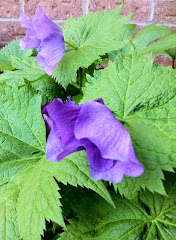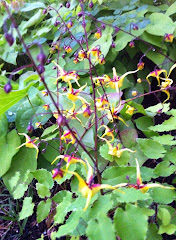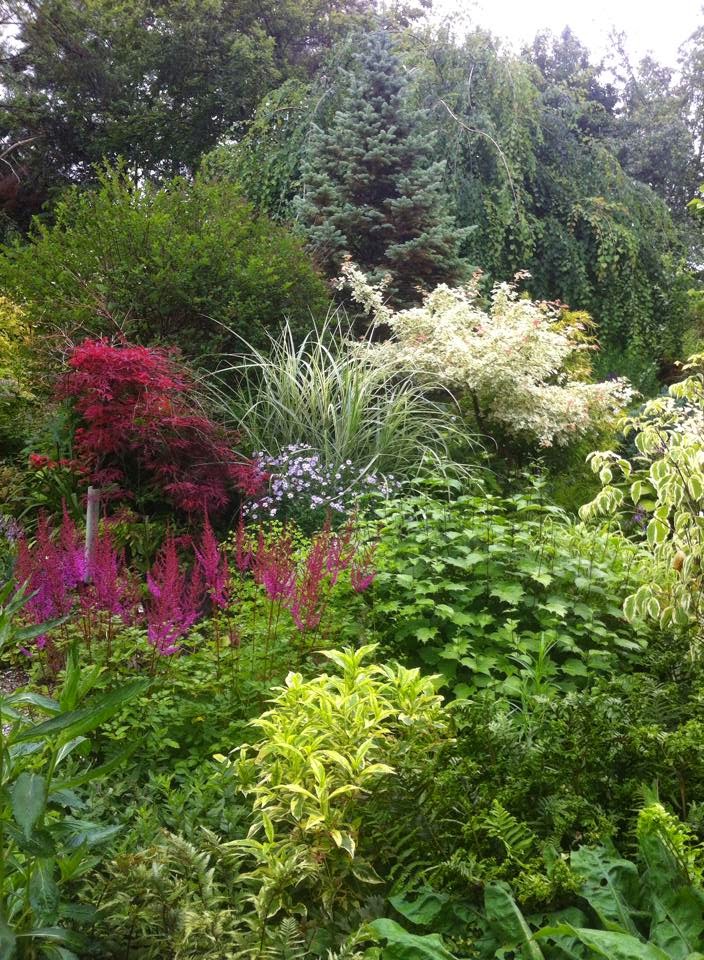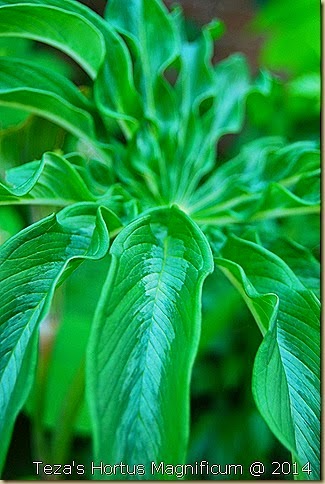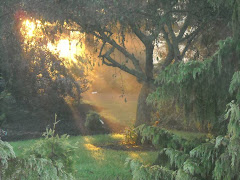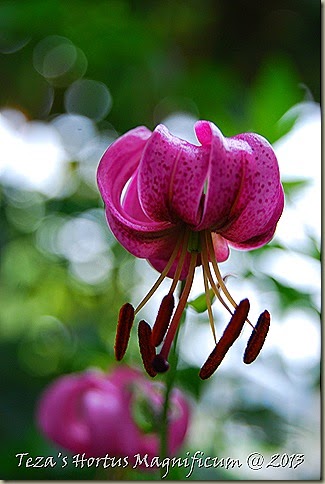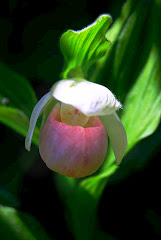With close to twenty different cultivars, ranging in half dozen species of Epimedium growing here at Teza's Garden, one might say that I have a slight addiction! Already in ownership of what I consider to be the penultimate monograph on the genus, the late William T. Stearn's, 'The Genus Epimedium And Other Herbaceous Berberidaceae Including The Genus Podophyllum,' [which was originally published in 1938] I was more than curious to see what Timber Press might offer in Sally Gregson's, 'The Plant Lovers Guide to Epimedium,' the latest in a new series of books under the moniker 'The Plant Lovers Guide.'
Sally Gregson is an accomplished gardener and nursery owner in the UK, whose reputation is based largely on her extensive knowledge of the genus Hydrangea, but as is clearly in evidence in the pages of this book, she too has been bitten by the Epimedium craze that is sweeping the gardening world. The book is laden with sumptuous photographs of this most beguiling of garden plants, and the text is divided into straightforward sections that include: Designing With Bishop's Hats, Barrenworts and Fairy Wings; [all common slang for the genus Epimedium itself] 123 Epimediums for the Garden; Growing and Propagating, and People, Places and Plants. Whereas the aforementioned book by Mr. Stearn is of a more academically inspired format, this book is quite satisfactory for not only the botanist, but also for the entry level gardener.
The bulk of the book describes one hundred and twenty three of what I assume to be readily available species and cultivars that are currently available in hort commerce. [Luckily for me, I am driving distance from a woodland nursery that carries well over one hundred different varieties!] Each plant is accompanied by a photograph, with text describing the 'history' including the specifics in regards to zone, height and spread, and flower shape and colour. I was impressed by the number of species and cultivars that exist today that were not part of William T. Stearn's monograph! Mrs Gregson further extols her knowledge by offering numerous companion planting schemes for the various species and cultivars that she covers within the text.
The remaining section discusses the history of the plant, including its medicinal past as well as the introduction of the latest wave of plants emerging from the wilds of China, thanks in large part to the efforts of plantsmen Darrell Probst and Roy Lancaster. She continues by introducing readers to the most up-to-date hybridists who continue to provide gardeners with newer and more exciting Chinese species. Rounding out is a listing of available retailers which I hope is something that fellow garden writers will embrace. How rewarding and inspiring is it to know where one might be able to find some of the intoxicating plants that are mentioned in a book. Kudos Sally!
Overall, 'The Plant Lovers Guide to Epimedium' impressed! I am somewhat of a perfectionist when it comes to garden writing - eschewing the use of common names, and in many cases, the over use of photography - so was most grateful for the abundance of both botanical Latin, and in this instance the lavish presentation of photographs, as in my experience with this most beguiling of genus, it means a great deal when I am able to see the actual shape and colour of a flower within a genus of near endless possibility! My only complaint is the use of the word 'Epimediums' on the cover - Epimedium refers to the genus, which includes all species and cultivars, so there is no need to pluralize the word! This book makes for a wonderful 'companion' to my aforementioned book on what has quickly becomes one of my all time favourite genera. I must include my thanks to Larry Davidson, Ontario's own guru of all things Epimedium for encouraging me to add this wonderful plant to my horticultural lexicon! I am the addict, and he is my most appreciated enabler, as well as Thomas Allen Publishing for generously providing me with a promotional copy of this wonderful book. I have included three photographs of my own personal favourites from my own garden.



.jpg)


































_of_DSC_0157%5B2%5D.JPG)




